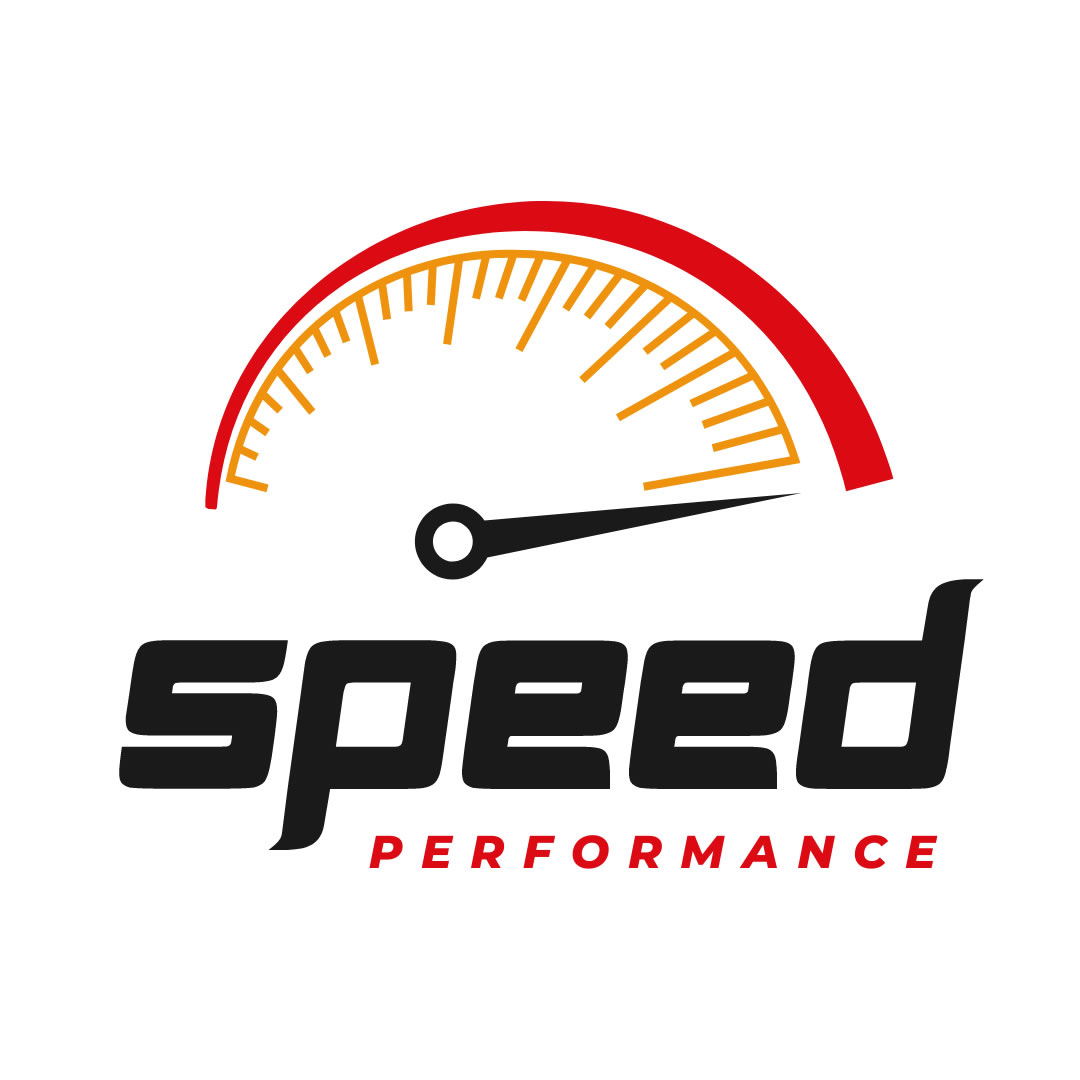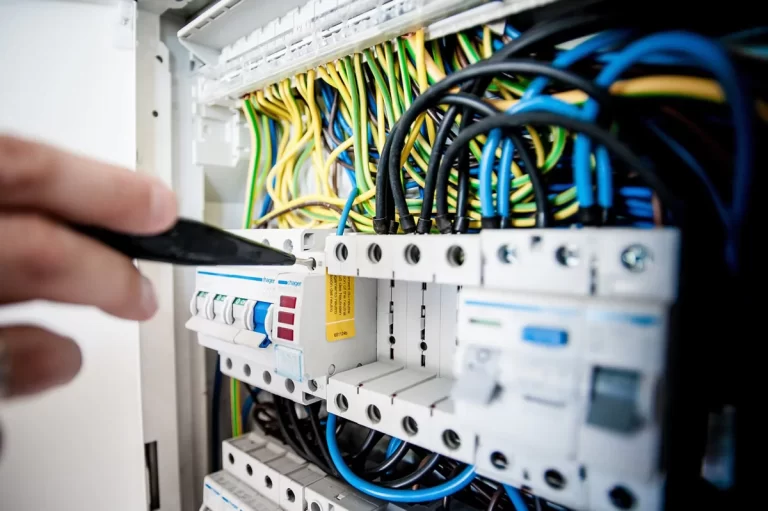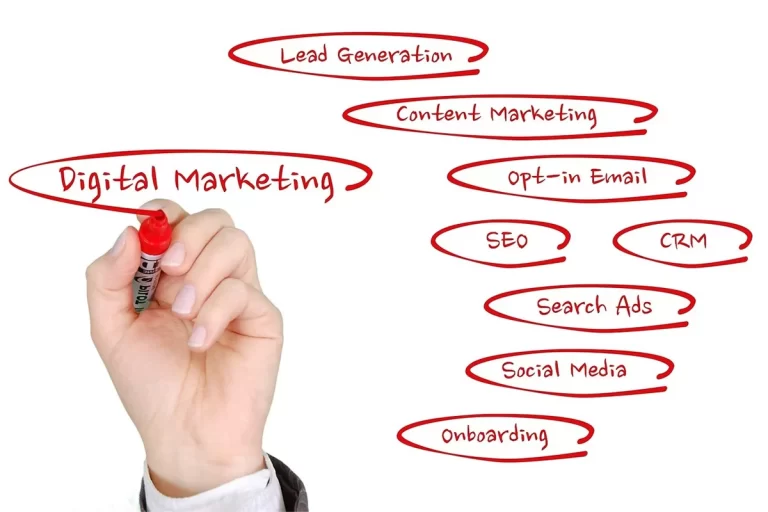How To Make My WordPress Website Load Faster?
Speed Matters: A Comprehensive Guide on Making Your WordPress Website Lightning Fast
How To Speed Up WordPress Websites
In this age of limited attention and demanding users, your WordPress site must be capable of living up to speed–or else be doomed to failure.
A slow website not only irritates visitors but also affects SEO. Written within is, as the title says; capture people’s interest enough to keep them there, or fall short. Here’s a simple way anyone can increase speed instantly:
**1. Optimize Your Hosting:
Go with a decent hosting environment that has a sound base. Choose from managed WordPress hosting –which provides dedicated resources for higher performance –or go find a good VPS provider.
**2. Utilize a Lightweight Theme:
Use a lean, clean theme with good code. Keep it simple instead of complex. Because simple sites mean fewer requests—and quicker load times.
**3. Implement Browser Caching:
Activate browser caching to store certain important website elements in the user’s computer. That way it can greatly speed up; for those people who have been there before.
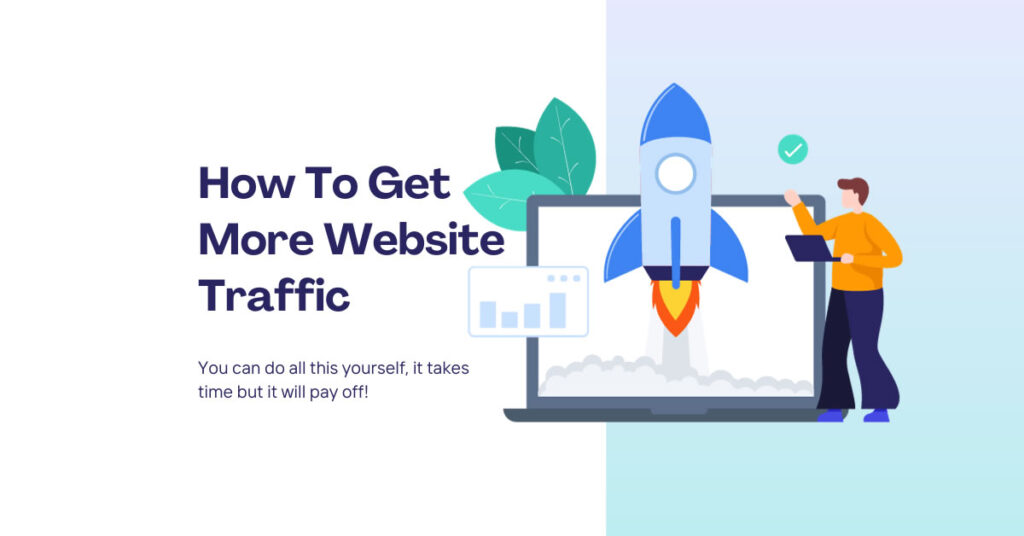
**4. Leverage Caching Plugins:
Install caching plugins: Such as WP Total Cache, WP Super Cache, or WP Rocket. These programs use static html files to lower server load and speed up page loading.
Compress and optimize images before they’re uploaded to your webpage. To maintain the same image quality and minimize file sizes, use image optimization plugins such as Smush or ShortPixel.
Minify Website CSS, JavaScript, and HTML:
Minify your site’s code by removing unnecessary characters, spaces, and line breaks. Use caching plugins or tools like AutoOptimize to take care of this process automatically.
Incorporating Content Delivery Network (CDN)
Distribute static content around the world on a Content Delivery Network CDN. This will help your users load things quickly, wherever situated on the globe.
Regularly Optimize Database:
Carry out the cleanup and optimization of WordPress database. Plugins such as WP-Optimize are good for it. Such types of data as post revisions and spam comments that could also slow your site down.
Cut Down on http:// Requests:
Use fewer scripts, stylesheets, and fonts in external functions on your Web site, i.e less http requests. Also, consolidate or defer as many scripts as for possible faster uploading!
Use Gzip Compression – speed up your WordPress site
Enable Gzip compression on your server to shrink the size of files sent from your server to users’ browsers. Gzip compression is a feature found in most web hosts.

Our web hosting comes with Gzip as standard.
**11. Implement Lazy Loading:
Lazy loading can be used to load images and videos. In this way the media content will only be loaded when it is shown to the user, thus shortening the time it takes to load a page.
**12. Limit External Embedded Media:
External embed media such as videos and iframes are best avoided. Videos should be posted on platforms such as YouTube or Vimeo and media files should only be loaded when necessary (using ‘lazy-loading’).
**13. Optimize WordPress Database:
Periodically clean up and optimize your WordPress database. By deleting data that isn’t really needed you can make use of plug-ins like WP-Optimize or “Optimize Database after Deleting Revisions” to delete post revisions and other junk taking up space.
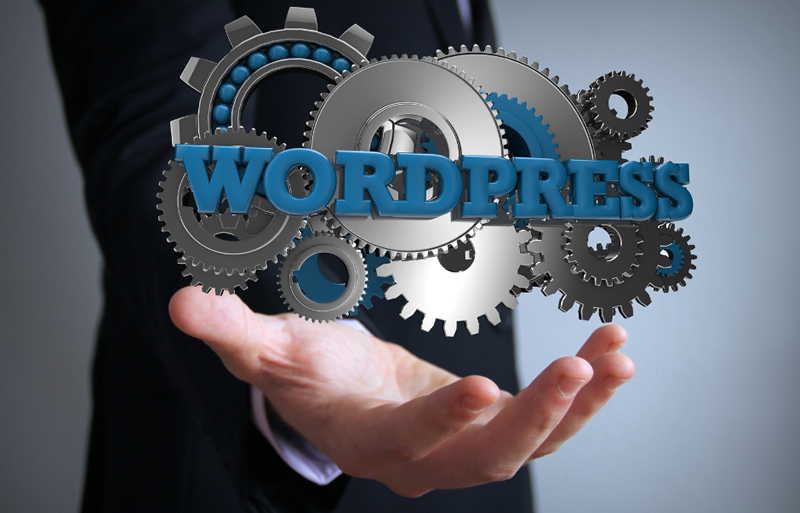
**14. Update WordPress and Plugins:
Make sure to update the core, themes, and plugins of WordPress regularly to the latest releases. Updates are often accompanied by performance improvements and security patch fixes.

**15. Monitor Performance:
You can use tools like Google PageSpeed Insights, GTmetrix, or Pingdom to check your website’s performance on a regular basis. Fix issues that arise as soon as they’re pointed out so as to keep your website going at peak speed.

Summary: Speed is a Competitive Asset
By adopting such tactics, with the help of WordPress, you can speed up your website instantly and change your own website into a quick, friendly and user-centred system.
In terms of user experience, speed is as simple as that, but it also has a big impact on search rankings. Keep your website’s performance under constant review.
Make sure that you are familiar with the newest optimization methods, and that your WordPress page is nimble and efficient.
In the digital world, speed is not only a function. It also is essential to a competitive edge.

